
The Republic of Haiti is a small country between the beautiful Caribbean Sea and the North Atlantic Ocean. Between the breathtaking shorelines and the mountainous terrain, Haiti is full of lush culture – including African, Taino and European influence. Despite Haiti’s rich environment and culture, Haiti remains the poorest country in the Western Hemisphere. Haitian people are currently facing poverty rates of more than 90% in some areas, and 4.3 million Haitians are in need of immediate food assistance. Here is information about three NGOs in Haiti that are working to fight poverty.
3 NGOs in Haiti Currently Working to Fight Poverty
- Beyond Borders: Beyond Borders is an NGO that targets multiple facets of Haiti’s poverty problems, building movements that provide space for the liberation of the Haitian people. One of the issues it seeks to address is the lack of education among young girls. In Haiti, only a third of Haitian girls complete primary schooling. A lack of education and community support perpetuates unsafe environments for young girls as gender-based violence increases with unequal education. In Haiti, one in six young girls are forced into slavery and a fourth of young girls experience sexual abuse. The physical and mental wellness of these girls diminishes at alarming rates after these traumatic experiences, and this leads to further separation of girls from their education and opportunities. Beyond Borders’ has initiated plans to build more schools and has already empowered change in current educational programs in Haiti. The organization has trained 63 teachers in three secondary schools to integrate equality into class lessons, including gender-based violence (GBV) reduction. Power to Girls, the inclusion lesson, continues to reach more communities as support for the NGO grows. Beyond Borders, together with other NGOs in Haiti, works to improve access to school and long-term education for young women, freeing enslaved girls and preventing further enslavement.
- Partners in Health: In 2010, a catastrophic 7.0 magnitude earthquake struck Haiti, causing destruction across the country. Unfortunately, Haiti’s infrastructure could not withstand a natural disaster like an earthquake, causing it to crumble into rubble, while the density of people in affected areas contributed to the high death rates and chaos. Haiti is still experiencing the devastation of the 2010 earthquake. More than 300,000 people died in the earthquake and even more sustained injuries. Partners in Health is an international nonprofit that provides social and medical assistance to the Haitian people that the earthquake impacted. The organization treats all scales of harm the earthquake inflicted, and since its inception in August 2021, it has been able to receive and treat 67,658 patients. Its treatment includes psychosocial support – something it continues to emphasize in its mission statement. The earthquake led to the ruin of medical care, resulting in challenges with accessing health care. PIH provides free, quality healthcare to the people of Haiti, while also opening new hospitals and providing opportunities to lift families from poverty.
- Agua Pura Para El Pueblo: Cholera, an illness from intestinal infection, is a severe issue for Haitians. Contaminated drinking water often leads to death through waterborne illness, and Cholera has caused more than 820,000 Haitian deaths in the last decade. Agua Pura Para El Pueblo is an NGO that focuses on providing potable water to South American countries that suffer from contaminated water. It has a focus in Haiti to improve its sanitation situation and increase access to clean water. The rate of Cholera in Haiti over the past year spiked to 30,000 cases, leading to 90% of patients being hospitalized. Despite political unrest challenging the distribution of life-saving materials, Agua Pura has been able to manage protective materials and volunteers in heavily affected areas, providing protection and support to those in need. It also provides water testing kits and stations that determine if a family’s water is contaminated, and should they receive a positive result, Agua Pura provides materials and assistance for affected families to ensure safe conditions. The organization has reached thousands of people, sending immediate support and protection from the deadly effects of contaminated water.
Moving Forward
Recovery in Haiti is a gradual process. The people of Haiti continue to show remarkable strength and resilience despite the devastation of their homes and the hardships they’ve faced. Many non-governmental organizations (NGOs) are actively involved in Haiti, working to build earthquake-resistant schools and hospitals. These efforts are laying the groundwork for the nation’s recovery.
– Eden Ambrovich
Photo: Unsplash
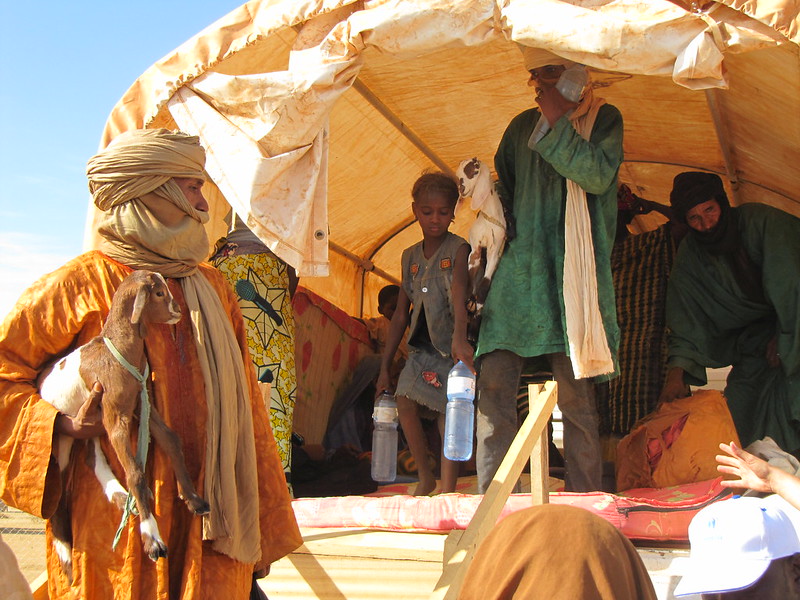
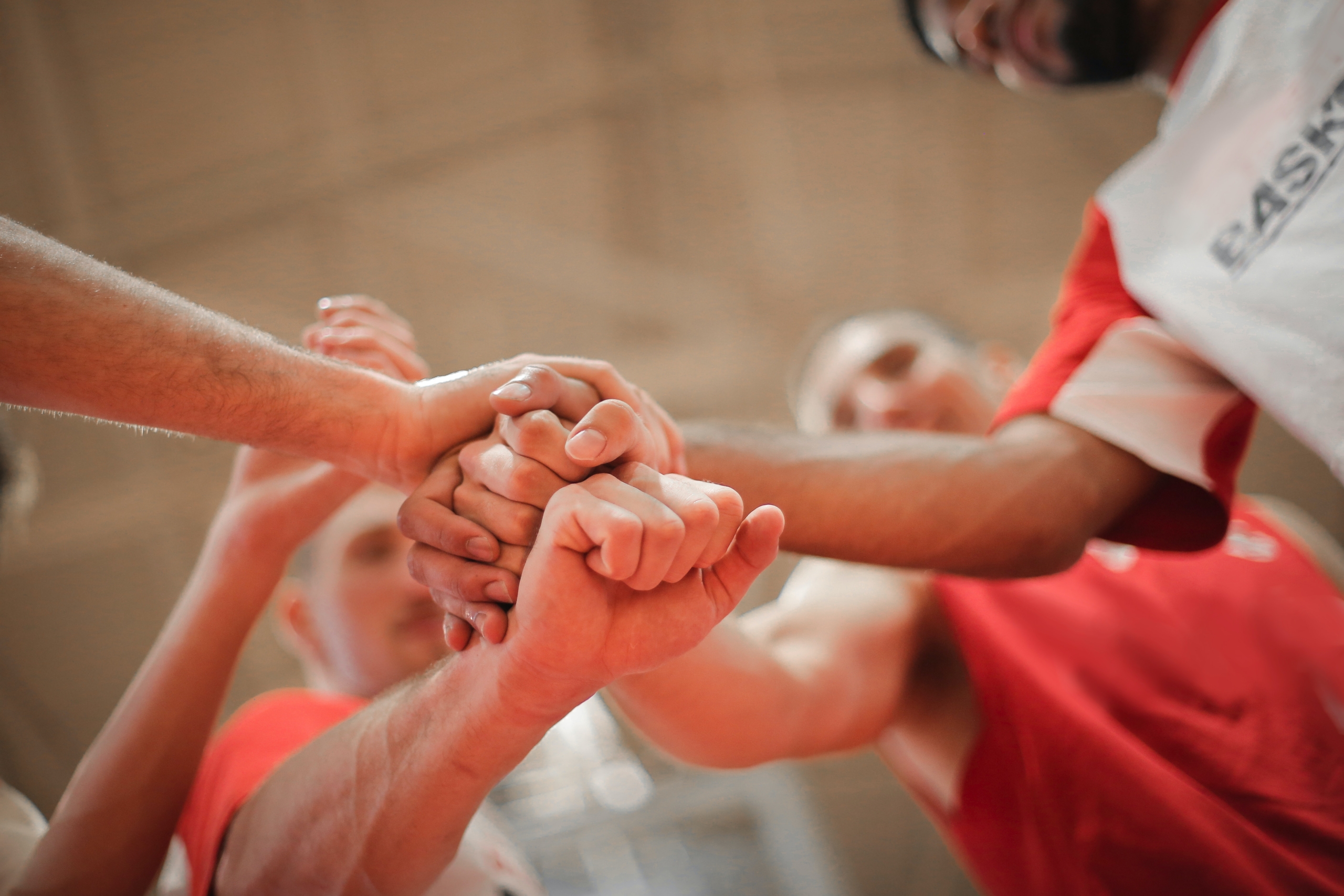 Global poverty remains
Global poverty remains 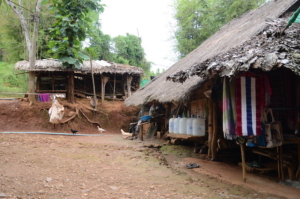 After a military takeover on February 1, 2021, Myanmar was thrown into a position that undid years of reforms and growth throughout the nation. The
After a military takeover on February 1, 2021, Myanmar was thrown into a position that undid years of reforms and growth throughout the nation. The  When the Soviet Union collapsed, Belarus’ neighbors, such as Poland, seemed to continue on the path of modernization and prosper over the years, having managed to grow strong ties with organizations such as the European Union (EU) and North Atlantic Treaty Organization (NATO). Belarus on the other hand saw rampant inflation, organized crime and corruption under its first and only president since gaining independence from Russia. This has drawn attention to addressing the fragility and rule of law in Belarus.
When the Soviet Union collapsed, Belarus’ neighbors, such as Poland, seemed to continue on the path of modernization and prosper over the years, having managed to grow strong ties with organizations such as the European Union (EU) and North Atlantic Treaty Organization (NATO). Belarus on the other hand saw rampant inflation, organized crime and corruption under its first and only president since gaining independence from Russia. This has drawn attention to addressing the fragility and rule of law in Belarus.
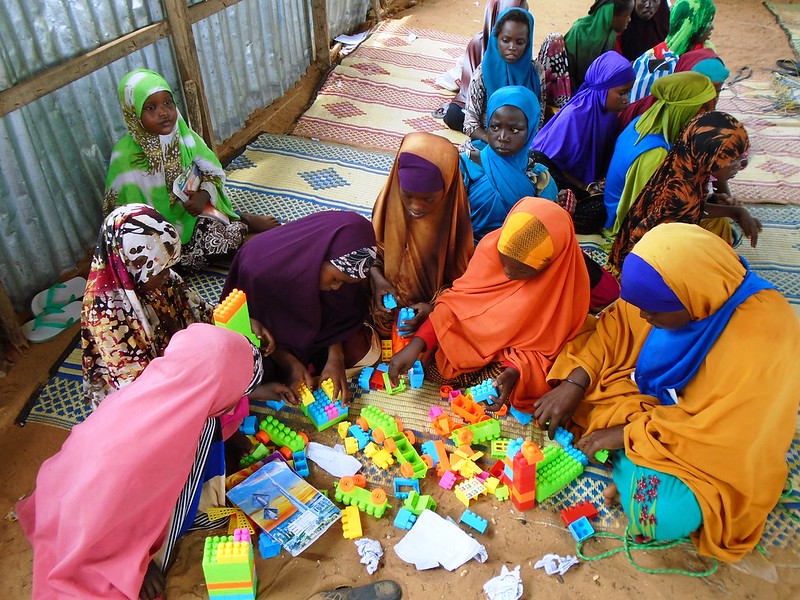 The Somali state officially collapsed in 1991, and the country has been prone to violence and conflict ever since. In 2021 alone, political tensions prevented essential human rights reforms while conflict-related abuses, insecurity and humanitarian and health crises greatly affected civilians. Journalists faced extreme prosecution by federal and regional authorities. Additionally, there was no system in place to ensure the protection of human rights. An armed group, Al-Shabab, was responsible for hundreds of civilian attacks and deaths. The violence, according to the United Nations, has displaced between
The Somali state officially collapsed in 1991, and the country has been prone to violence and conflict ever since. In 2021 alone, political tensions prevented essential human rights reforms while conflict-related abuses, insecurity and humanitarian and health crises greatly affected civilians. Journalists faced extreme prosecution by federal and regional authorities. Additionally, there was no system in place to ensure the protection of human rights. An armed group, Al-Shabab, was responsible for hundreds of civilian attacks and deaths. The violence, according to the United Nations, has displaced between 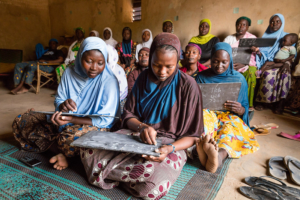 There are numerous international nonprofit organizations empowering women and girls around the world that are doing great work. They all focus on women and girls living in severe poverty who are experiencing barriers to their social and economic well-being. About
There are numerous international nonprofit organizations empowering women and girls around the world that are doing great work. They all focus on women and girls living in severe poverty who are experiencing barriers to their social and economic well-being. About  Ukraine has a long history of political turmoil and foreign interference since it achieved
Ukraine has a long history of political turmoil and foreign interference since it achieved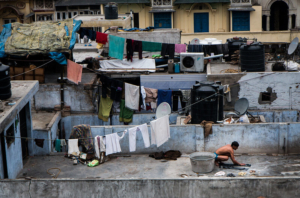 India is
India is 